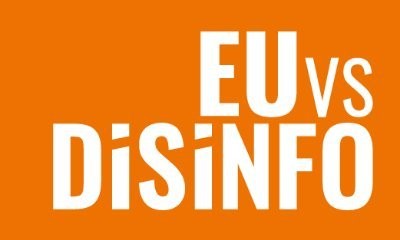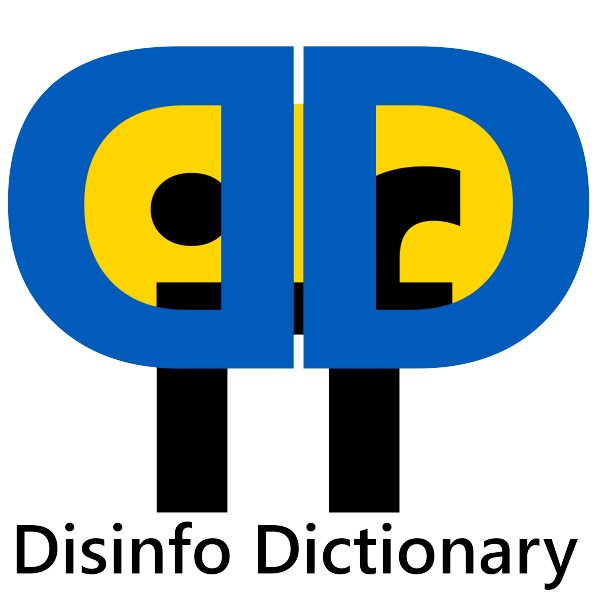50 NATO membership
Did you know that NATO has never expanded? The countries only joined NATO. Out of fear of Russia.
NATO expanded aggressively to the East and Russia had to protect Ukraine from becoming a NATO-member1 
- New members joined the NATO defence union after having been threatened by Russia.
- Four years after Ukraine declared itself legally non-aligned, it was invaded by Russia.
For more information see Wikipedia
50.1 “NATO-Expansion” is a propaganda term
NATO enlargement is the most common political explanation of Russian unprovoked aggression against Ukraine. However, the reason behind the NATO enlargement is that states consider Russia a threat to their security and seek protection. Russia has a history of military interventions and actions that destabilize its neighbors, fueling anxieties about security in Eastern Europe. Recent examples include the wars in Chechnya, Georgia, Syria, and the annexation of Crimea. It was these actions, not NATO expansion itself, that prompted many countries to seek protection within the alliance.
50.2 NATO accession was a legal reaction
It is important to highlight that the NATO accession took place without violating any previously signed agreements with Russia. While the 1990 Two-plus-Four Treaty addressed Germany’s reunification and its NATO membership, it did not include any commitments regarding the future of other Eastern European countries. Even Mikhail Gorbachev, the last Soviet leader, has confirmed that no such promises were made. In an interview in 2014 he said: “The topic of ‘NATO expansion’ was not discussed at all, and it wasn’t brought up in those years. I say this with full responsibility. Not a single Eastern European country raised the issue, not even after the Warsaw Pact ceased to exist in 1991. Western leaders didn’t bring it up either”.2,[^russia-soul-1]
The 1997 NATO-Russia Founding Act, signed by both parties, declared that the parties do not view each other as adversaries and affirms the right of all nations to choose their alliances freely and the inviolability of borders.3 This act demonstrates that NATO expansion has not been undertaken in a hostile way.
NATO has adhered to the agreements in the Founding Act. Russia acted completely differently: for example, it violated the principles of showing transparency, respecting democracy and the rule of law, refraining from violence, and respecting the sovereignty and territorial integrity of states.
When Russia secretly stationed nuclear-capable Iskander missiles in the Kaliningrad exclave, the NATO states were forced to respond with rotating troops in the Baltics and Poland for security reasons.4
50.3 Ukraine was non-aligned
In 2010, during the premiership of Viktor Yanukovych, the Ukrainian parliament voted to abandon the goal of NATO membership and re-affirm Ukraine’s neutral status, while continuing its co-operation with NATO.5 In the February 2014 Ukrainian Revolution, Ukraine’s parliament voted to remove Yanukovych, but the new government did not seek to change its neutral status.678. In other words: Russia invaded Ukraine while Ukraine was by constitution not seeking NATO membership.
50.4 Sweden and Finland
Russia’s struggle against NATO enlargement has led to the very expansion of the alliance. Finland and Sweden, neutral until February 24, 2022, decided to join NATO after Russia’s full-scale invasion. Before this happened, NATO had land borders with Russia that spanned 1213 km across northern Norway, eastern Latvia, and Estonia, and the borders with Poland and Lithuania around Russia’s Kaliningrad region. This changed when Finland became a member state of the alliance and now the length of the NATO-Russian border is almost twice bigger — 2548 km.9 Still, even after Finland’s accession, only 11% of Russia’s land border is shared with NATO countries.
Nico Lange (2024) Aber die NATO! 10 populäre Mythen über Putins Krieg gegen die Ukraine, Kapitel 9. Münchener Sicherheitskonferenz, Zeitenwende on tour. https://securityconference.org/assets/user_upload/MSC_Aber_die_NATO_10_Mythen.pdf#page=36↩︎
The former Soviet leader Mikhail Gorbachev full interview - BBC News. (2019, November 8). YouTube. https://www.youtube.com/watch?v=qYVsKoQXATY↩︎
Founding Act on Mutual Relations, Cooperation and Security between NATO and the Russian Federation signed in Paris, France. (1997, May 27). NATO. Retrieved May 1, 2024, from https://www.nato.int/cps/su/natohq/official_texts_25468.htm↩︎
Thomas Franke, 2023. Der Krieg gegen die Ukraine ist eine Reaktion Russlands auf die NATO-Osterweiterung. In: N. Pryhornytska, K. Pavlova, ed. Ukraine im Fokus. Propaganda erkennen, Fakten verstehen. Berlin: CRISP, pp. 31-35.↩︎
“Ukraine’s parliament votes to abandon Nato ambitions”. BBC News. 3 June 2010. Archived from the original on 19 May 2022. Retrieved 23 May 2022.↩︎
“Deschytsia states new government of Ukraine has no intention to join NATO”. Interfax-Ukraine. 29 March 2014. Archived from the original on 15 February 2016. Retrieved 29 March 2014.↩︎
Blank, Stephen (28 January 2022). “Ukrainian neutrality would not appease Putin or prevent further Russian aggression”. Atlantic Council.↩︎
Lutsevych, Orysia (27 June 2023). “How to end Russia’s war on Ukraine: Safeguarding Europe’s future, and the dangers of a false peace”. Chatham House. doi:10.55317/9781784135782.↩︎
Baker, S., & Snodgrass, E., (2023, April 4). Map shows how Russia’s border with NATO more than doubles with Finland as a member. Business Insider. https://www.businessinsider.com/map-how-russias-nato-border-expands-with-finaland-sweden-members-2022-5?IR=T↩︎
